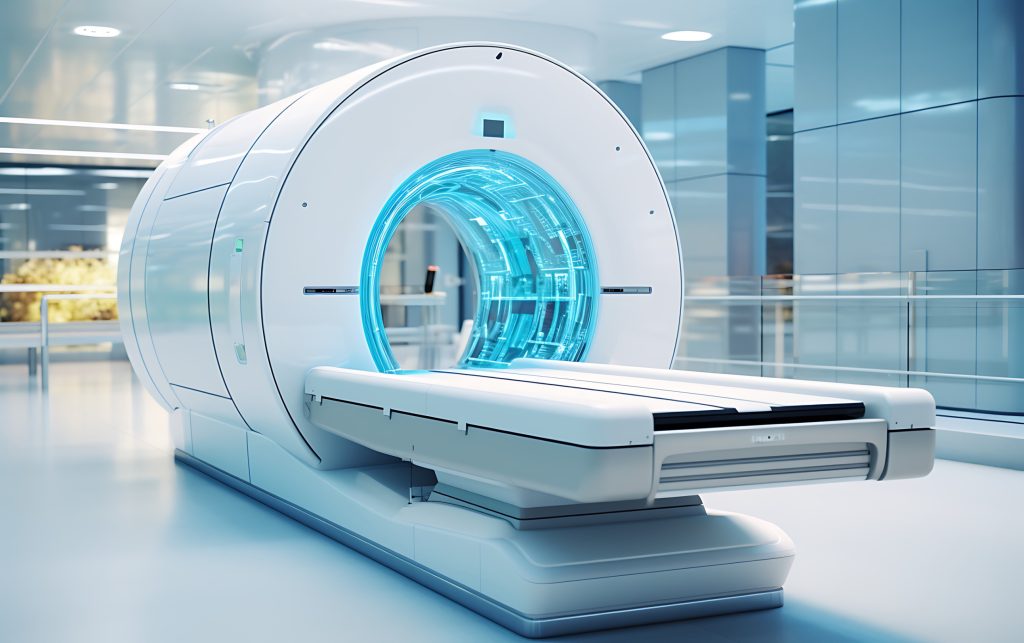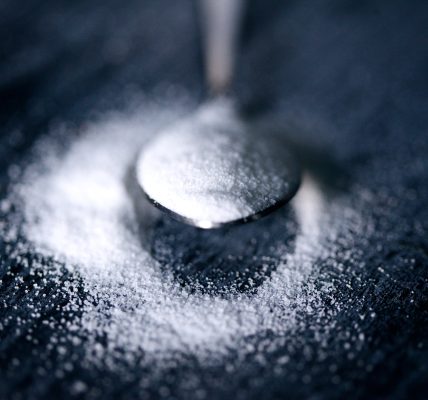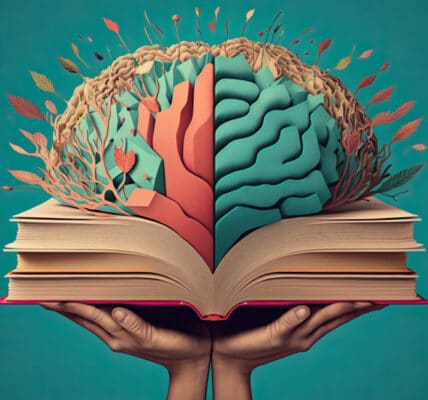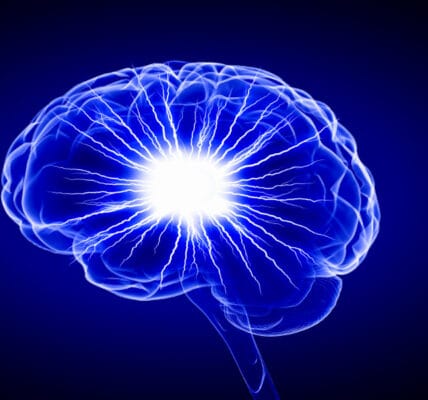Mount Sinai Researchers Reveal Addiction Defects in the Brain

Brain abnormalities associated with heroin and cocaine addiction have been revealed in a new study from Mount Sinai Hospital. These “signaling impairments” were first observed in animal studies. The new research is based on studies in humans with heroin or cocaine dependency using magnetic resonance imaging (MRI).
The lead researcher for the study is Rita Goldstein, Ph.D., Chief of Neuropsychoimaging of Addiction and Related Conditions (NARC) at the Icahn School of Medicine at Mount Sinai Hospital. Mount Sinai released a study this week that has identified measurable differences in the brains of serious drug addicts.
The study revealed there was a microstructural disruption in the pathway between the prefrontal cortex (PFC), which is responsible for regulating higher-order executive functions, and the habenula, a region pivotal to reward and reward-associated learning, and previously identified as a key driver of drug-seeking behaviors in animal models.
The study involved drug addicts, non-users, and recent abstainers, and found a correlation between the length of time using drugs and “greater white matter disruption.” Early intervention may help reduce the disruption, the paper speculates.
The research does not indicate whether the brain damage is caused by the chemical properties of the substance or the behavioral cycle of addiction. For example, the research does not examine other addictions such as eating addiction, gambling addiction, or addiction to pornography to assess whether they also cause similar disruptions in the brain.
New research on the drug, Ozempic, and other GLP-1 drugs indicate it may work on multiple addictions, including eating, drugs, shopping, gambling, etc. Ozempic may be pointing researchers toward “A Unified Theory of Addiction” that is associated with both substance abuse and behavioral compulsions.
Indeed, the Mount Sinai team that has brought us this new research is now hoping to see how various therapies impact the same microstructures in the brain. They plan to test behavioral therapies as well as electrical stimulation and drug therapies.
Such a study should help reveal whether the causes for the brain disruption are behavioral, chemical, electrical, or some combination. Including non-chemical addictions in the study would help determine what is behind the addictive urge.
They are drafting plans for a longitudinal neuroimaging study that assesses patient recovery over the course of an entire year to determine which kind of marker — blood (genetic, molecular) and/or behavioral — best correlates with patterns of change in the brain’s white matter.
Written by Steve O’Keefe. First published November 28, 2023.
Sources:
“Brain Pathway Discovery Offers Hope in Addiction Treatment,” Neuroscience News, November 22, 2023.
“A Unified Theory of Addiction,” by Robert A Pretlow, eHealth International, March 2023.
“Personality, Behavior, and the New Weight Loss Drugs,” Childhood Obesity News, August 29, 2023.
Image Copyright: pekosman.




